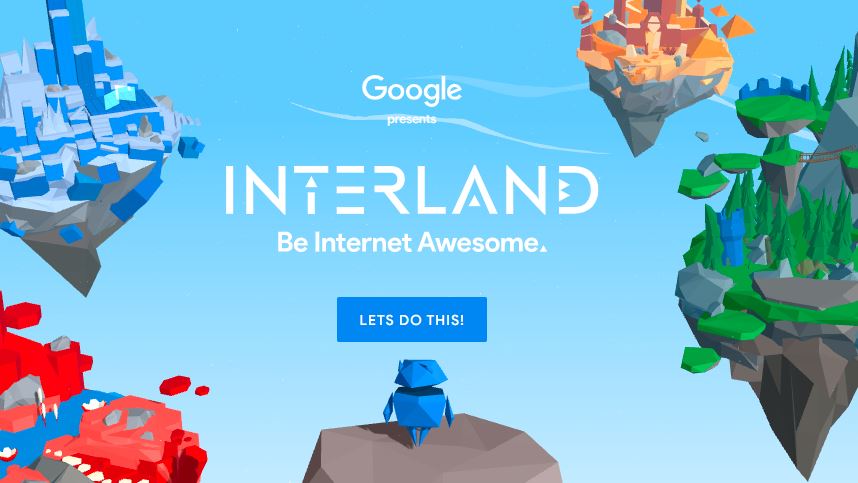This week I decided to draw a bit of attention to each of the prompts we were given. To begin, I wanted to fully understand and define ‘digital citizenship’. MediaSmarts define it as the,
“ability to navigate our digital environments in a way that’s safe and responsible and to actively and respectfully engage in these spaces.”
I feel that since children nowadays are exposed to technology at such a young age and don’t really know a world without it, they aren’t fully aware of all the negative aspects and danger that can come with it. Technology has provided us with incredible opportunities and advanced ways of interaction and learning, but it comes with a lot of responsibility. Responsibility that has to be learned at a young age in order for students to not take advantage of it or use it in a negative way.
In Kristen Mattson’s book, Digital Citizenship in Action, she does an excellent job of bringing awareness to how students can learn how to positively and appropriately interact in online communities. Her book guides educators through the process of supporting students to creating a safe space, acknowledging their online voices, becoming aware of their roles in these online communities, participate in a responsible and respectful manner, how to make connections and engagement, along with using the internet in a meaningful way. Helping our students to better understand their role within a digital community holds great value, especially for educators who are new to implementing this into their classroom.
Although I think this book has great resources and there are many things I will put into my own teaching practice. I do think digital citizenship should be having a stronger influence from the parenting side of things, rather than the classroom setting. Reminders of how to interact online and what is acceptable and appropriate should come from the parents. In a way, it is like reminding your child to be respectful and kind citizens in the real world. Of course it is good to be discussed and addressed in the classroom, especially when technology is being used as a tool in our education. However, I personally believe the way your child behaves on the internet is a direct reflection on what the parent has educated them on, including their own approach of how they interact on these online communities. All of us adults are influencing our younger generations, so let’s all make sure we are being the best examples for them & their learning!
 So I polled my students. Was I shocked by their answers when asked in class, not really, but I was a little taken back at the sheer amount of time some of them were spending online. Some students were spending upwards of 5-6 hours when they got home, being “online.” For the most part, it was all entertainment related. Youtube, Netflix, watching reels (who hasn’t got sucked into losing an hour of their life for no reason at all?), and gaming were at the top of the list. Then came different social media channels such as Snapchat and Instagram. A few were continuing to work on coding projects they had been building during coding club at school.
So I polled my students. Was I shocked by their answers when asked in class, not really, but I was a little taken back at the sheer amount of time some of them were spending online. Some students were spending upwards of 5-6 hours when they got home, being “online.” For the most part, it was all entertainment related. Youtube, Netflix, watching reels (who hasn’t got sucked into losing an hour of their life for no reason at all?), and gaming were at the top of the list. Then came different social media channels such as Snapchat and Instagram. A few were continuing to work on coding projects they had been building during coding club at school. Secondly, we need to educate them on being a responsible citizen online as well as in the classroom and community. As an educator, it is important to teach students that having online presence also carries responsibility and accountability for what is said and posted online. Being kind online with comments, liking and celebrating others posts, shows an ability to foster and build relationships with one another. Creating an online community can help students build their self-esteem and allow them to connect with other people who share similar interests.
Secondly, we need to educate them on being a responsible citizen online as well as in the classroom and community. As an educator, it is important to teach students that having online presence also carries responsibility and accountability for what is said and posted online. Being kind online with comments, liking and celebrating others posts, shows an ability to foster and build relationships with one another. Creating an online community can help students build their self-esteem and allow them to connect with other people who share similar interests.

